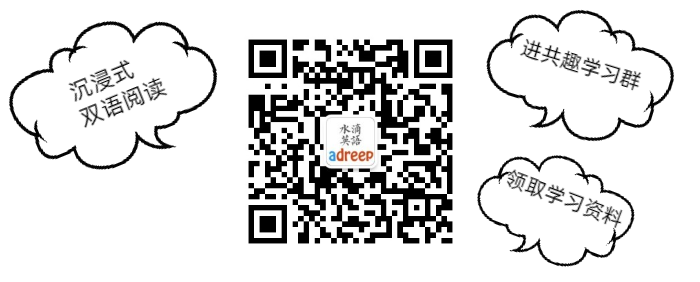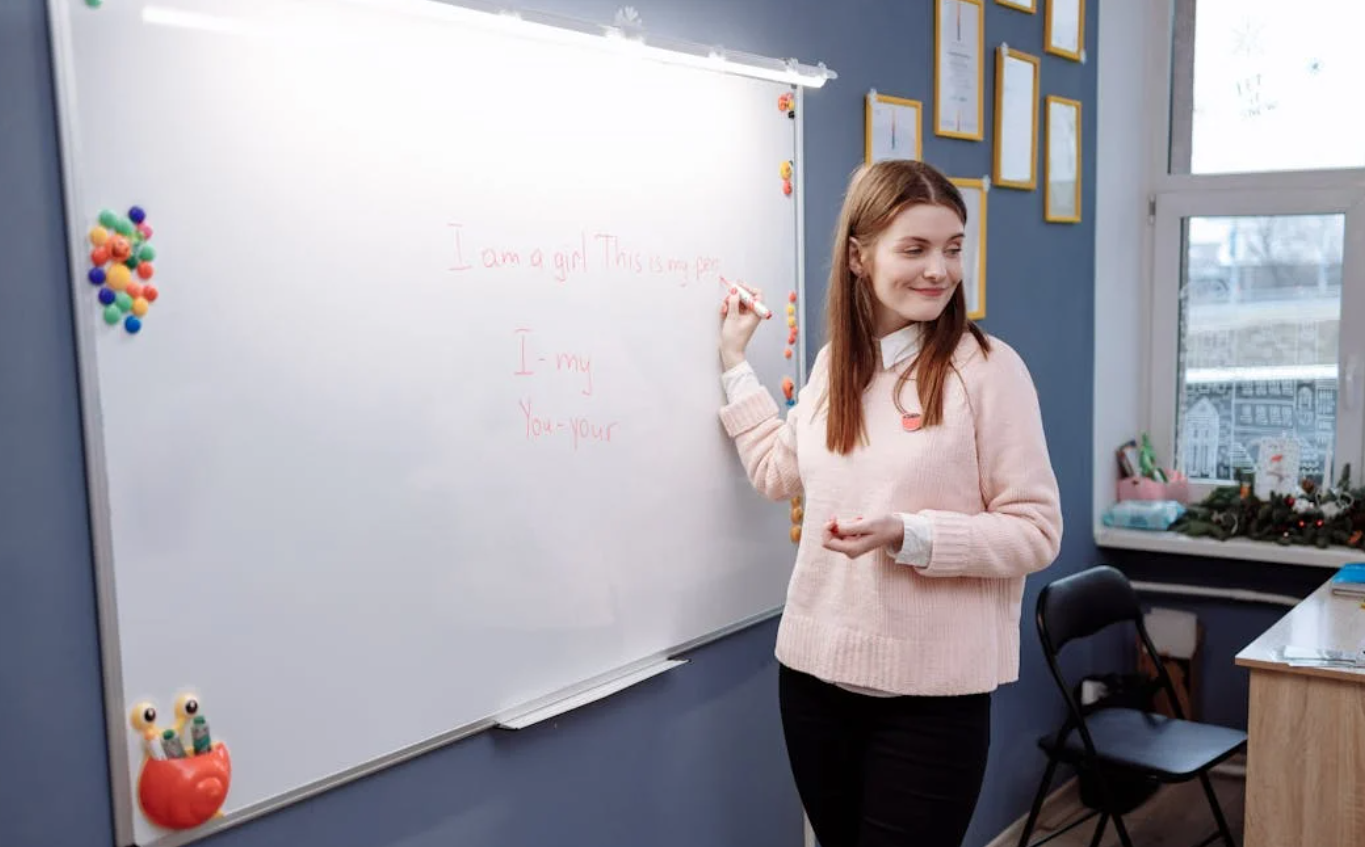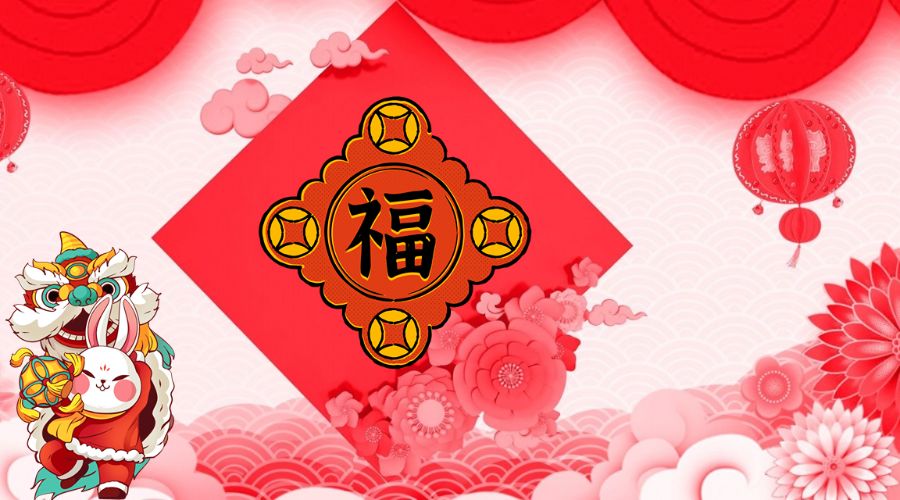The Lantern Festival falls on the 15th day of the 1st lunar month, usually in February or March in the Gregorian calendar. As early as the Western Han Dynasty (206 BC-AD 25), it had become a festival with great significance.
元宵节是在阴历正月的十五,通常在阳历的二月或三月。早在西汉时期(公元前206年至公元25年),它已经成为具有重要意义的节日。
This day's important activity is watching lanterns. Throughout the Han Dynasty (206 BC-AD 220), Buddhism flourished in China. One emperor heard that Buddhist monks would watch sarira, or remains from the cremation of Buddha's body, and light lanterns to worship Buddha on the 15th day of the 1st lunar month, so he ordered to light lanterns in the imperial palace and temples to show respect to Buddha on this day. Later, the Buddhist rite developed into a grand festival among common people and its influence expanded from the Central Plains to the whole of China.
这一天的重要活动看花灯。在汉代(公元前206年至公元220年),佛教在中国盛行。一个皇帝听说僧侣可以看到舍利,或是从火化的佛体中能得到舍利,他就下令阴历第一个月的第十五天在故宫和寺庙点灯拜佛来展示对佛的尊敬。后来,佛教仪式发展成为普通民众的重大节日,而其影响从中原地区一直蔓延到整个中国。
Till today, the lantern festival is still held each year around the country. Lanterns of various shapes and sizes are hung in the streets, attracting countless visitors. Children will hold self-made or bought lanterns to stroll with on the streets, extremely excited. "Guessing lantern riddles"is an essential part of the Festival.
直到今天,全国各地每年都举行元宵节。各种形状和大小的灯笼挂在街上,吸引无数的游客。孩子们提着自制或购买的灯笼在街上闲逛,非常兴奋。”猜灯谜”是这个节日的重要组成部分。
Lantern owners write riddles on a piece of paper and post them on the lanterns. If visitors have solutions to the riddles, they can pull the paper out and go to the lantern owners to check their answer. If they are right, they will get a little gift. The activity emerged during people's enjoyment of lanterns in the Song Dynasty (960-1279). As riddle guessing is interesting and full of wisdom, it has become popular among all social strata.
灯笼的主人会将谜语写在一张纸上,贴在灯笼上。如果游客能解开灯谜,他们就能将纸条拿去灯笼的主人那里检查他们的答案是否正确。如果他们是对的,他们将会得到一份小礼物。在宋代(960-1279)出现了灯笼,人民喜欢这个活动。猜灯谜是有趣和充满智慧的,它已成为深受社会各阶层的喜爱。
People will eat yuanxiao, or rice dumplings, on this day, so it is also called the "Yuanxiao Festival."Yuanxiao also has another name, tangyuan. It is small dumpling balls made of glutinous rice flour with rose petals, sesame, bean paste, jujube paste, walnut meat, dried fruit, sugar and edible oil as filling. Tangyuan can be boiled, fried or steamed. It tastes sweet and delicious. What’s more, tangyuan in Chinese has a similar pronunciation with "tuanyuan”, meaning reunion. So people eat them to denote union, harmony and happiness for the family.
在那一天人们会吃元宵,粽子,因此,被称为“元宵节”。元宵还有另外一个名字,汤圆。那是一种小粽子由糯米粉和玫瑰花瓣,芝麻,豆沙,枣糊,核桃肉,干水果,糖和食用油做成的。汤圆可以煮,炒或蒸。它的味道是甜的,美味的。而且,汤圆在中国与“团圆”的发音相似,含义团聚。因此人们吃汤圆来表联盟,家庭和谐与幸福。
In the daytime of the Festival, performances such as a dragon lantern dance, a lion dance, a land boat dance, a yangge dance, walking on stilts and beating drums while dancing will be staged. On the night, except for magnificent lanterns, fireworks form a beautiful scene. Most families spare some fireworks from the Spring Festival and let them off in the Lantern Festival. Some local governments will even organize a fireworks party. On the night when the first full moon enters the New Year, people become really intoxicated by the imposing fireworks and bright moon in the sky.
在节日的白天有如舞龙,舞狮,划旱船,扭秧歌,踩高跷和打太平鼓等的表演。在晚上,除了华丽的花灯,艳丽多姿的烟火也形成了美丽的景色。大多数家庭在春节腾出一些烟花,留到元宵节放。一些地方政府甚至会组织焰火晚会。在新年的第一个月圆的晚上,人们都陶醉在燃放的烟火和空中的明月。





